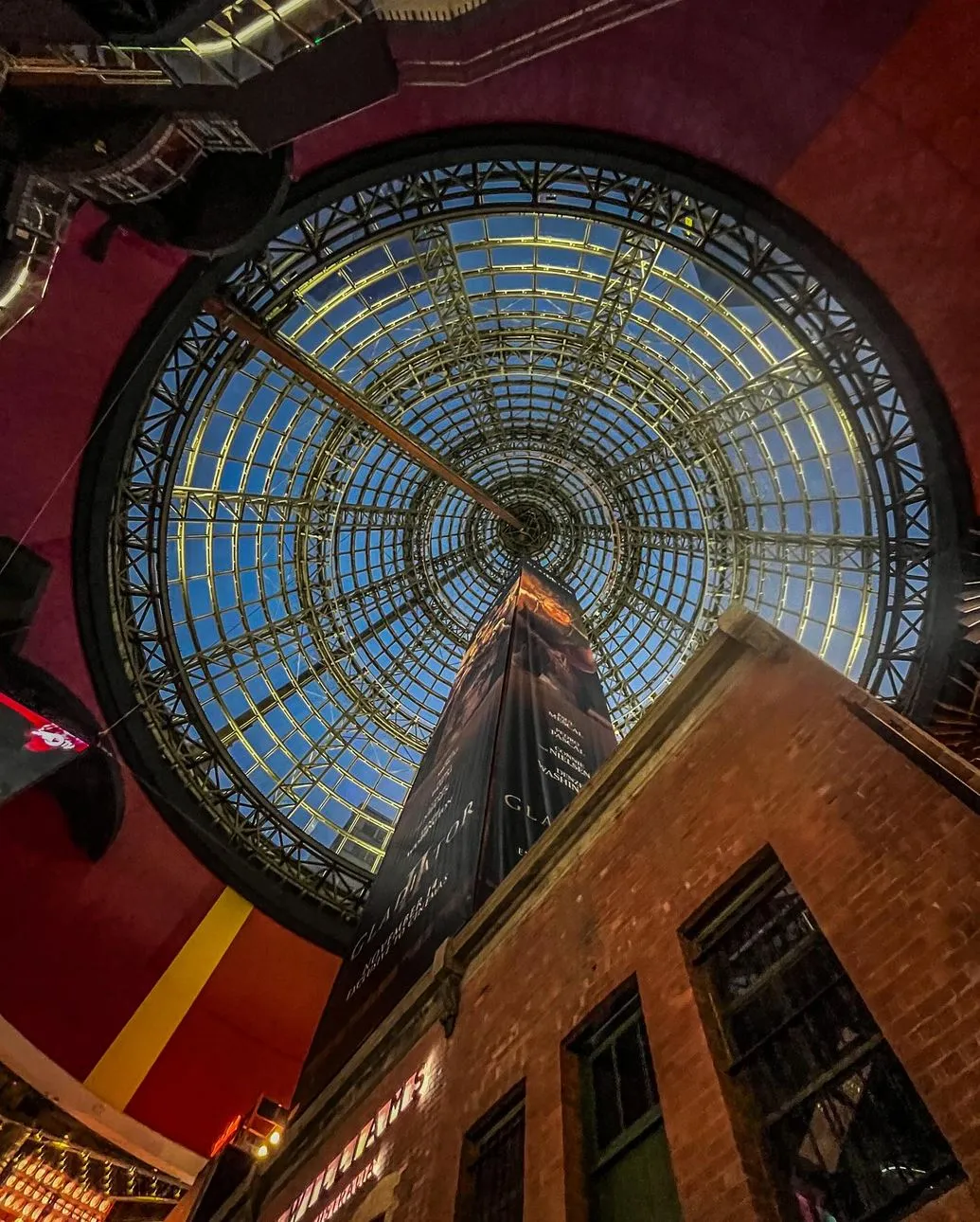Melbourne, the cultural capital of Australia, is a history lover’s paradise. From the discovery of gold during the Gold Rush to historic buildings and a thriving culture, Melbourne has a heritage that has been building over centuries. With Aboriginal heritage, colonial influences and a multicultural city, Melbourne is the place to visit if you want to see historical attractions. If you want to experience the city’s history for yourself there are Melbourne tours available that take you to key historical sites such as Flinders Street Station, Royal Exhibition Building and the city’s hidden laneways filled with street art. These tours are the best way to peel back the layers of Melbourne’s story.
The Birth of Melbourne: A City of Opportunity
Melbourne began in 1835 when settlers from Tasmania (then Van Diemen’s Land) arrived on the lands of the Kulin nation, an Indigenous Australian group. Originally named Batmania after one of its founders, John Batman, Melbourne quickly became a thriving colony due to its location and trade opportunities. Within 20 years, the city had grown exponentially, thanks to the Victorian Gold Rush of the 1850s. This was the era of wealth and growth that cemented Melbourne’s status as one of the world’s great cities.
The Gold Rush Era: Boomtown
Gold was discovered in 1851 and Melbourne went from being a small settlement to one of the richest cities in the world. This was the era of people from all over the world coming to seek their fortune and Melbourne’s population and multicultural identity was born. The Gold Rush left its mark on the city’s architecture and infrastructure and much of it is still visible today.
Historic Buildings from the Gold Rush Era
Walk through the city, and you’ll find many heritage-listed buildings from this era. Notable ones include the Old Treasury Building, a stunning Renaissance Revival-style building that once housed Victoria’s gold vaults. Today it’s a museum with exhibitions on Melbourne’s early history. The Royal Exhibition Building, completed in 1880, is another grand relic of Melbourne’s wealthy past, one of the world’s oldest exhibition pavilions and a UNESCO World Heritage site.
Melbourne’s Historic Landmarks
Melbourne’s city streets are filled with heritage buildings that tell the story of the city’s past. Walk through the city and you’ll be surrounded by the grandeur of Victorian architecture and European influences.
Flinders Street Station
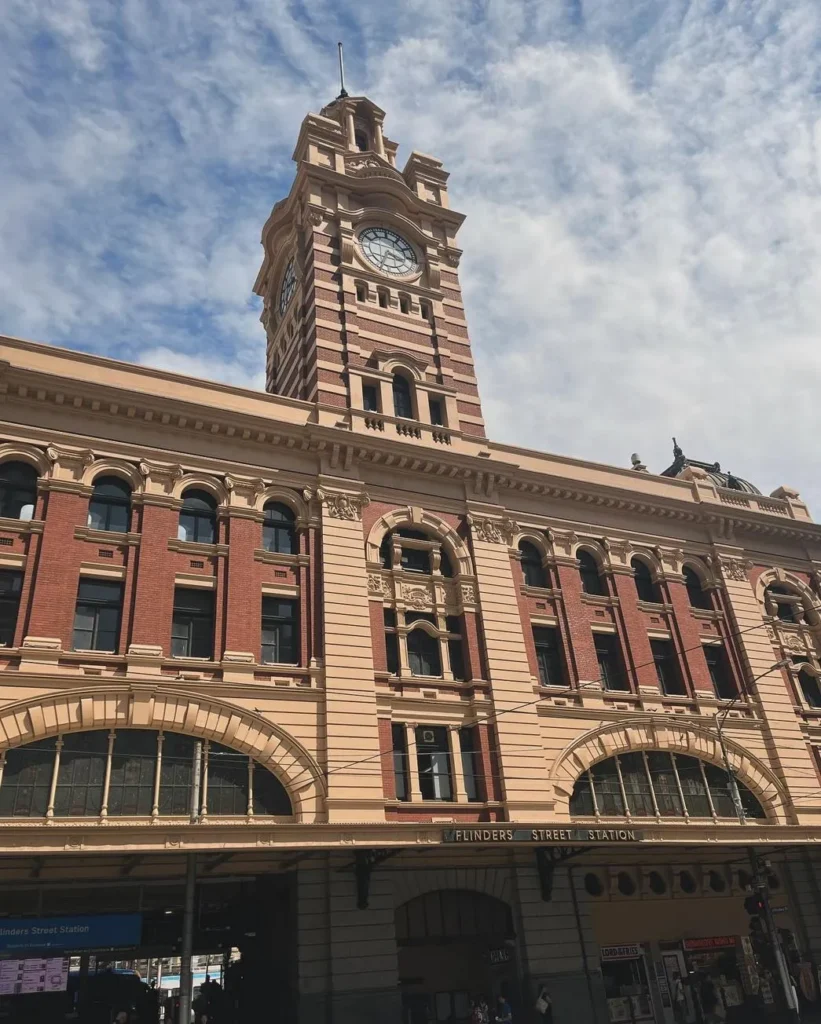
Melbourne’s most famous station, Flinders Street Station, was built in 1909 and is a piece of Melbourne’s history. It’s as culturally significant as it is beautiful so make sure to stop by.
Royal Exhibition Building
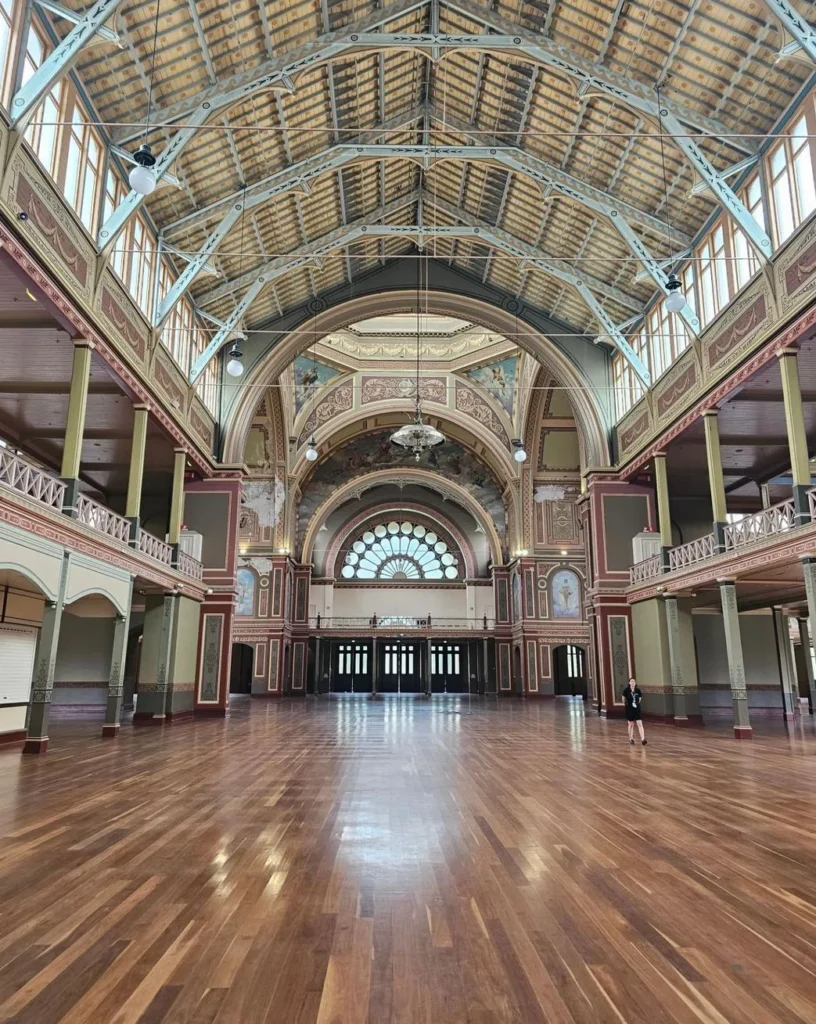
The Royal Exhibition Building in Carlton Gardens is a World Heritage Site. Built for the international exhibitions in 1880 it’s a beautiful piece of Victorian architecture and a must see for history buffs.
Trades Hall
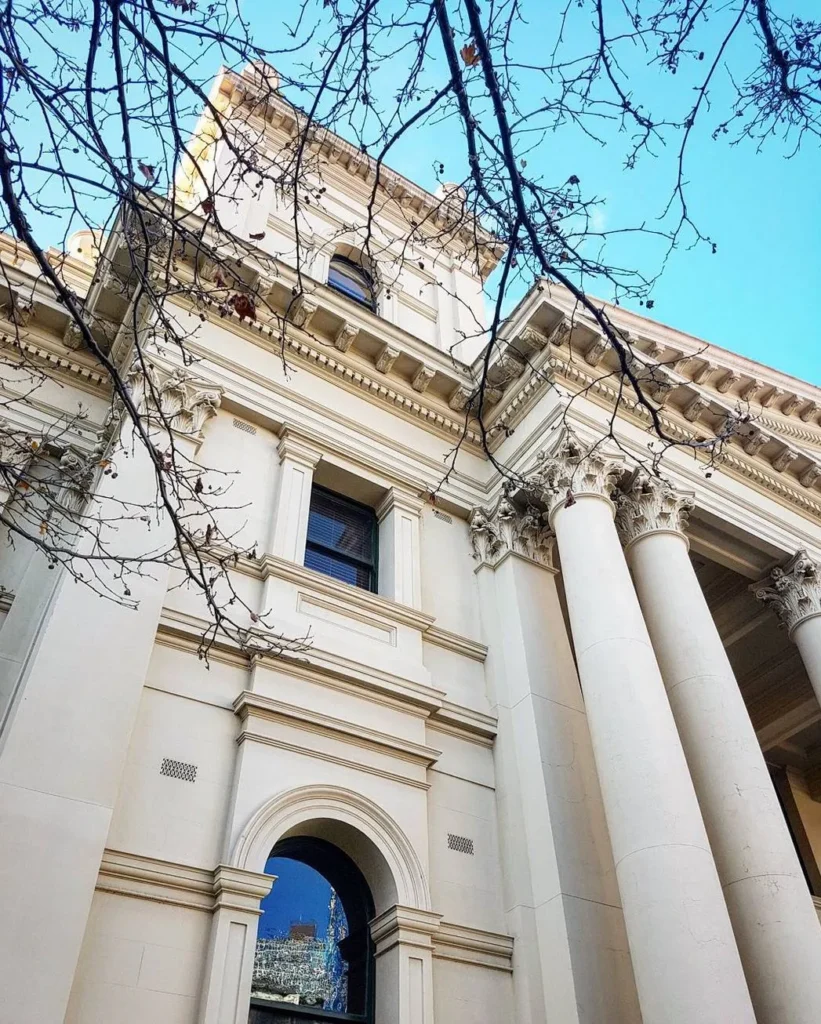
Another icon is a symbol of Melbourne’s history of workers rights. Built in the 19th century it’s been a hub for political gatherings and is part of Melbourne’s cultural fabric.
Federation Square
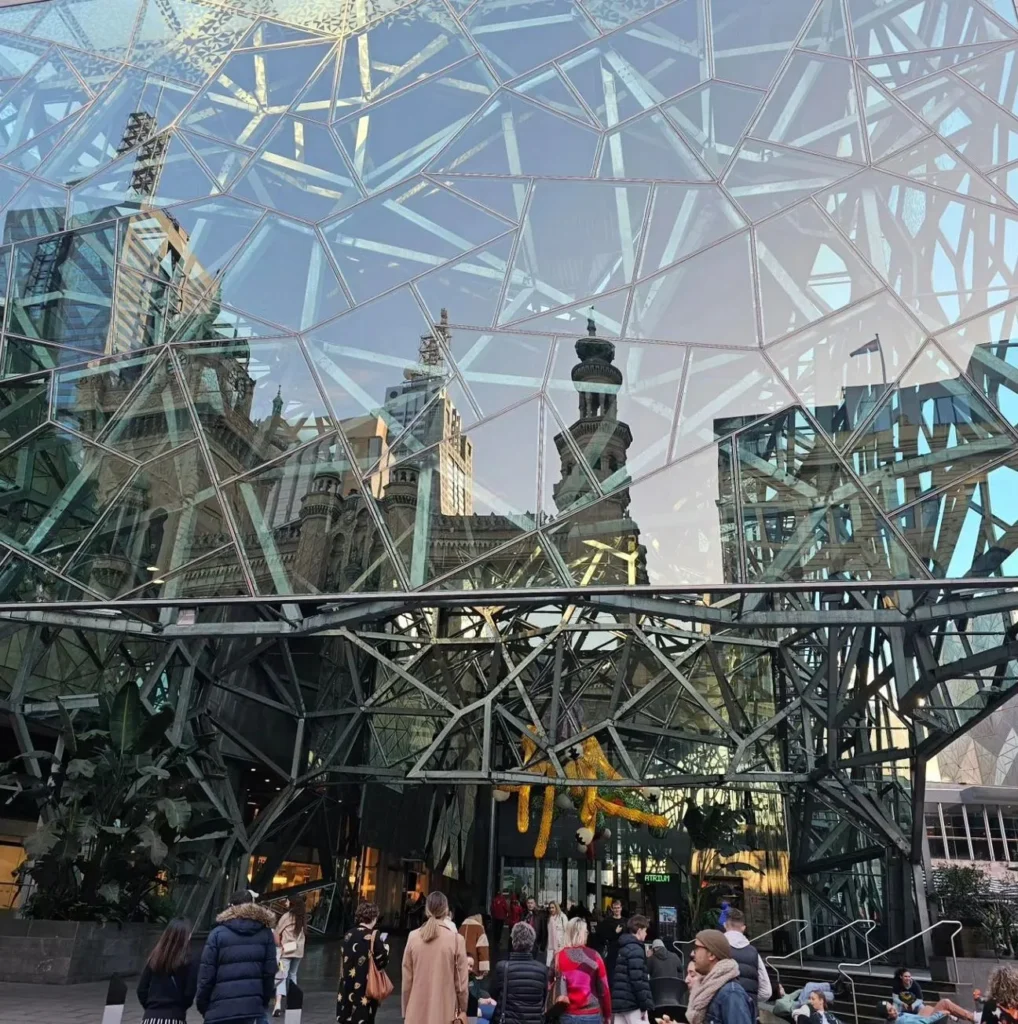
A modern icon in a city of old, Fed Square is home to cultural events and is near historical hotspots like Hosier Lane (famous for its street art) and AC/DC Lane. This square is the perfect example of Melbourne’s old and new.
Melbourne’s Historic Attractions: Gardens, Laneways, etc
Melbourne’s not just about buildings – the city has beautiful parks, hidden laneways and cultural gems that showcase its history.
Fitzroy Gardens

Melbourne’s green spaces are as important as its buildings and Fitzroy Gardens is no exception. With its historic paths, fountains and statues the gardens give you a glimpse into the life of leisure in early Melbourne.
Cook’s Cottage
Located within Fitzroy Gardens, Cook’s Cottage is a historic site transported from England. It’s a great insight into Melbourne’s European and Aboriginal history.
Luna Park
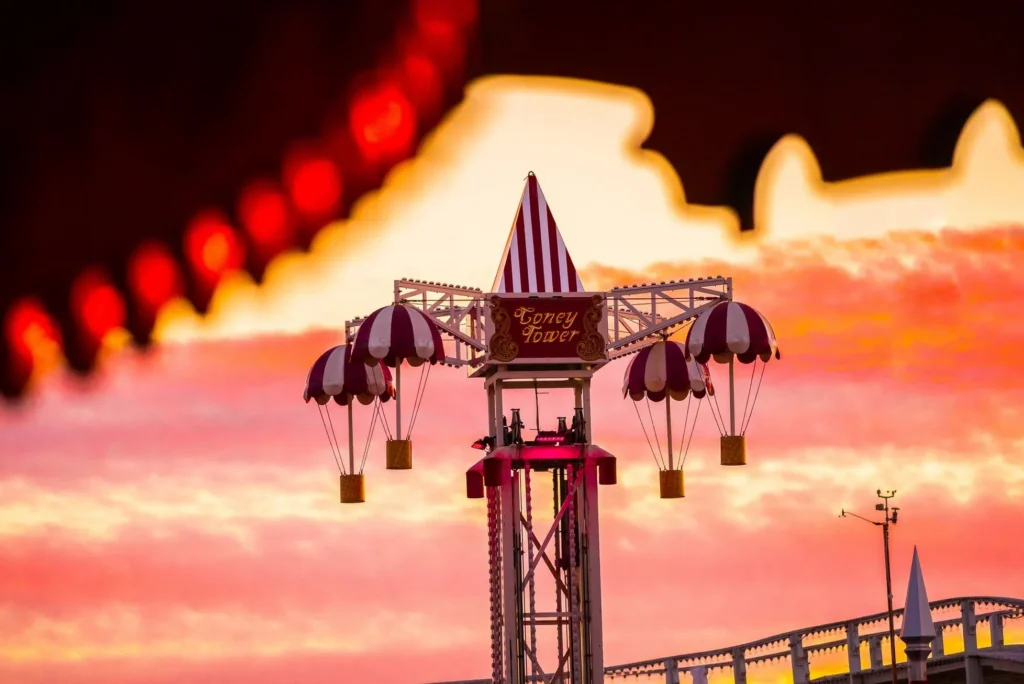
A trip to Luna Park in the vibrant suburb of St Kilda will take you back in time. This iconic amusement park has been entertaining Melburnians since 1912 and its quirky atmosphere and heritage listed Spotswood Pumping Station are a must see.
The Evolution of Melbourne’s Arts and Coffee
Melbourne is famous for its bohemian streets and culture, especially its arts and coffee scene. The food scene has its roots in Melbourne’s history, particularly the coffee palaces of the 19th and early 20th centuries that have left their mark on the city’s brick walls and city blocks.
Lygon Street and Melbourne’s Coffee
Go to Lygon Street in Carlton to experience the heart of Melbourne’s coffee. Here you’ll find a mix of old Italian cafes and new eateries paying homage to the post war migration that brought new life to Melbourne’s food scene.
Melbourne’s Laneways and Street Art
Melbourne’s laneways, like Hosier Lane, are famous for their artistic heart. The street art on the historic buildings is a modern day symbol of Melbourne’s mix of old and new.
Melbourne’s Aboriginal Heritage and Cultural Significance
Before European settlement Melbourne was home to the Boon Wurrung and Wurundjeri people and the city is still deeply connected to its Aboriginal heritage. Sites like Budj Bim, a UNESCO listed Aboriginal cultural site, remind visitors of the old connections to the land.
Bunjilaka at Melbourne Museum
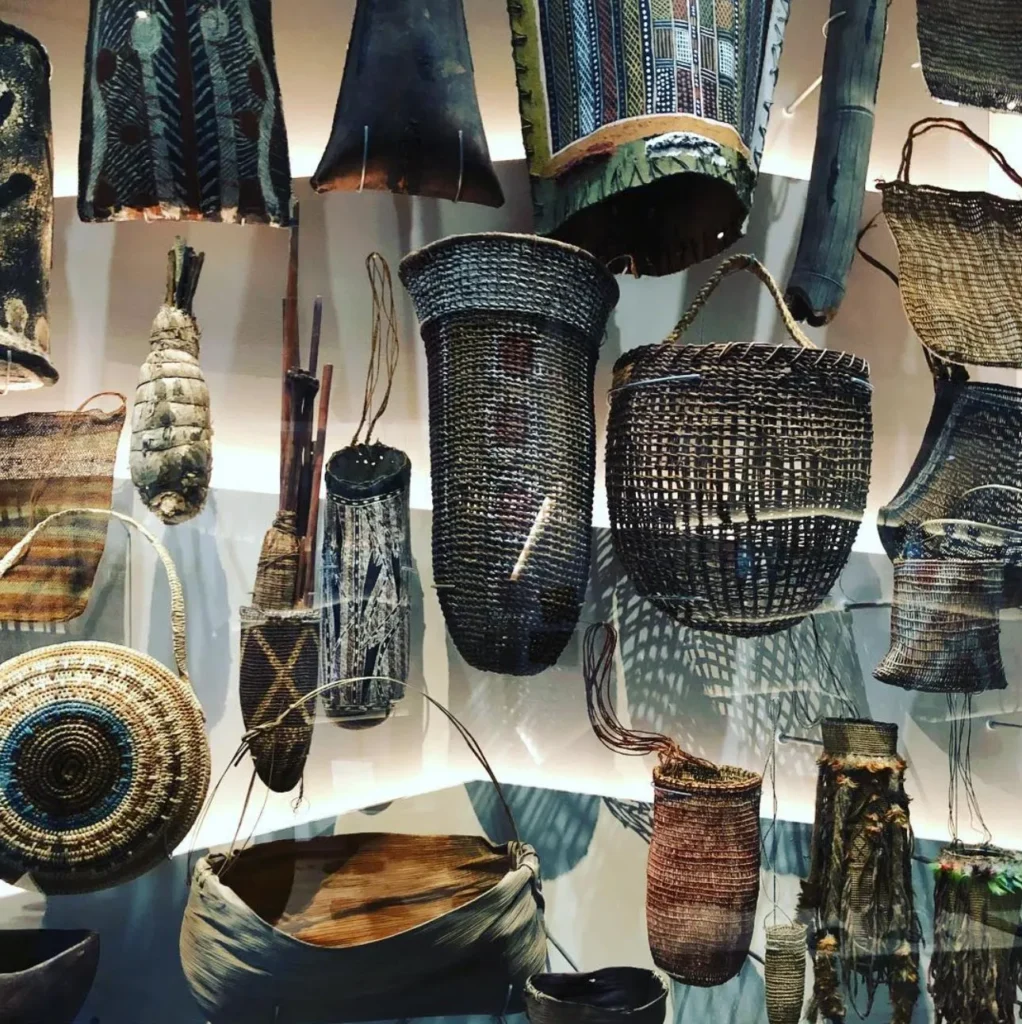
For a deeper dive into Aboriginal culture go to Melbourne Museum’s Bunjilaka Aboriginal Cultural Centre and check out the exhibitions on the Kulin nation and the impact of colonisation.
Heritage Houses and Historic Estates
Rippon Lea Estate
Another of Melbourne’s treasures is Rippon Lea Estate, a grand 19th century mansion surrounded by beautiful gardens. A perfect example of Melbourne’s connection to European architecture and its own history of wealth.
Black Rock House
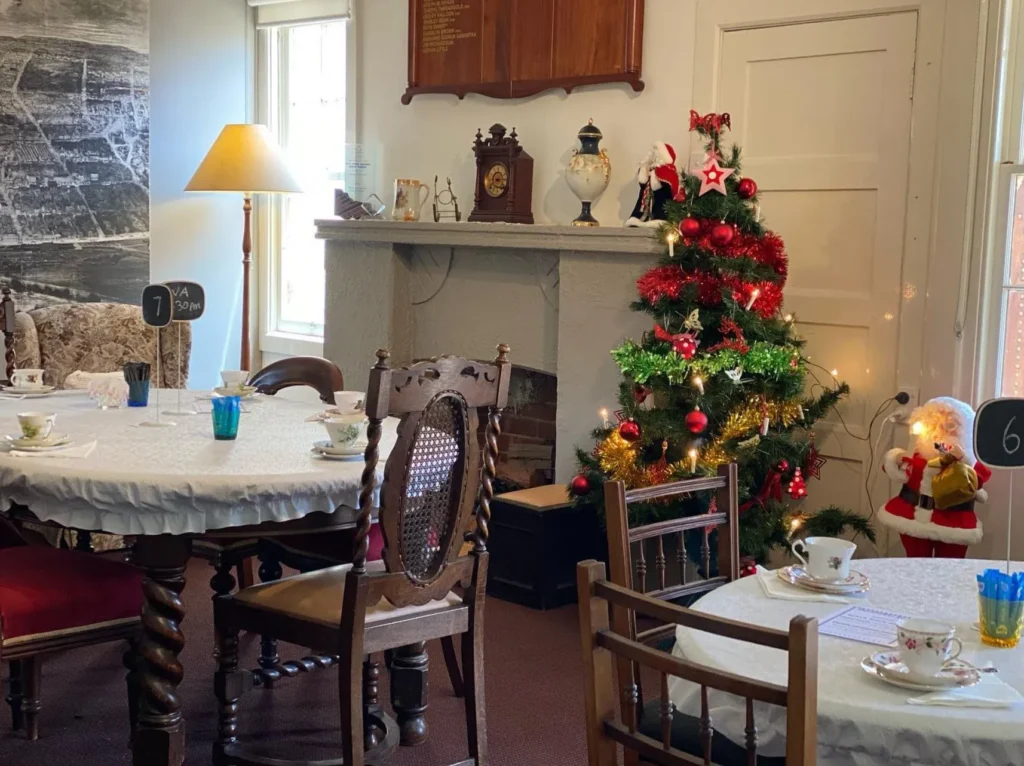
Located near the Yarra Valley, Black Rock House was built in the 19th century and is one of the grand homes that once lined the outskirts of Melbourne. Its cultural and historical significance makes it a must see for anyone interested in the city’s history.
Conclusion
Whether you’re walking down Flinders Street Station, strolling along the Collins Street block or visiting Federation Square, Melbourne’s historical attractions will transport you back in time. The city’s mix of cultural history, arts and coffee and heritage buildings is unbeatable for history lovers. Melbourne is a city for history buffs where past and present live in harmony.
FAQ
What are the must see historical attractions?
Flinders Street Station, Royal Exhibition Building, Fitzroy Gardens, Luna Park, Cook’s Cottage.
How did the Gold Rush shape Melbourne?
Gold in the 1850s turned Melbourne into one of the richest cities in the world and led to the building of grand heritage buildings and a booming economy.
What is Federation Square in Melbourne?
Fed Square is a modern cultural hub that sits alongside Melbourne’s historical landmarks like Flinders Street Station and hosts many cultural events.
Where can I see Melbourne’s Aboriginal heritage?
Bunjilaka Aboriginal Cultural Centre at the Melbourne Museum is a great place to learn about Melbourne’s Aboriginal culture and heritage.
Are there old trains in Melbourne?
Yes, heritage trains can be experienced on specific routes in Melbourne, offering a unique way to explore the city landscape while reflecting on its historical past.
